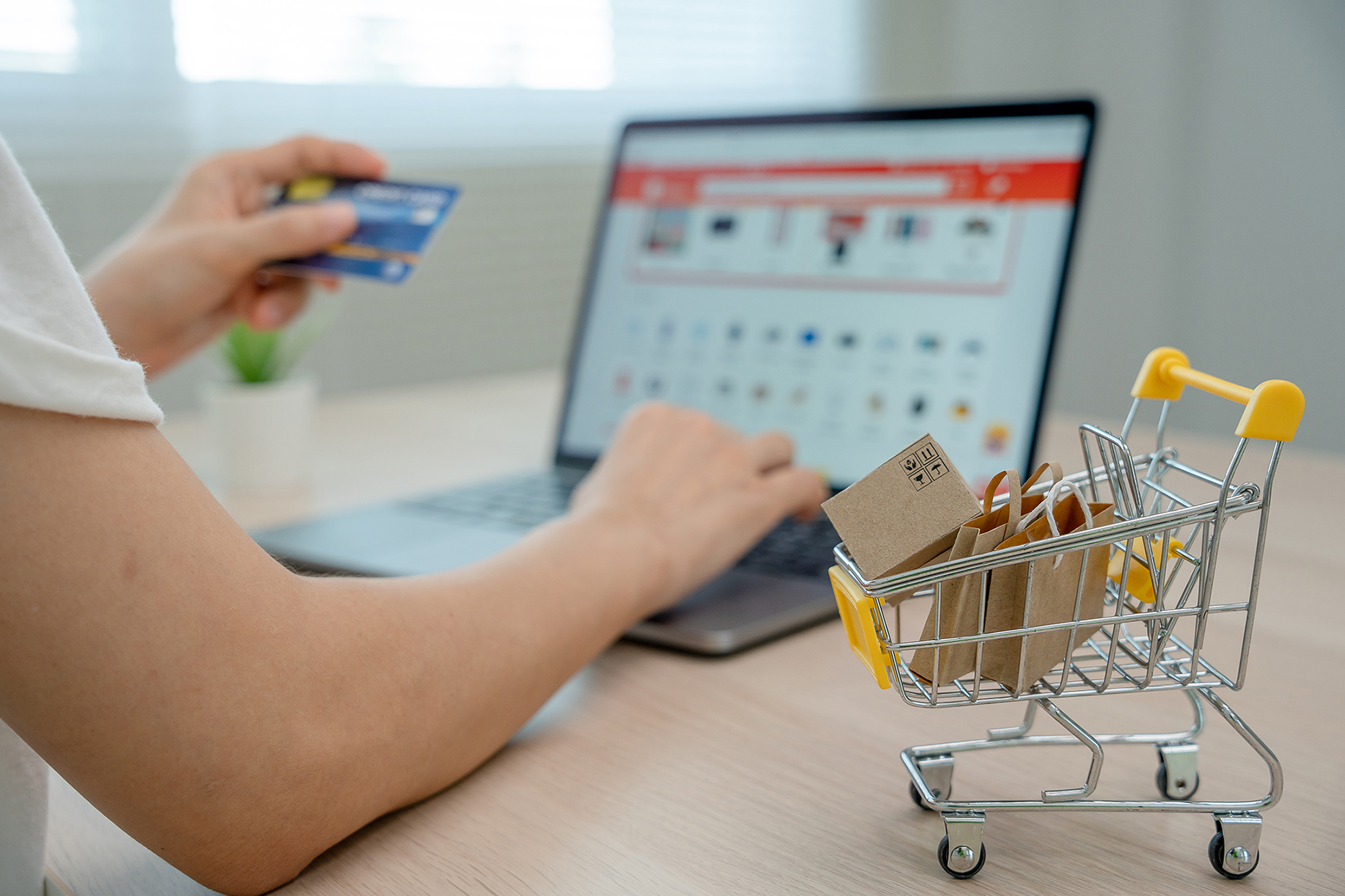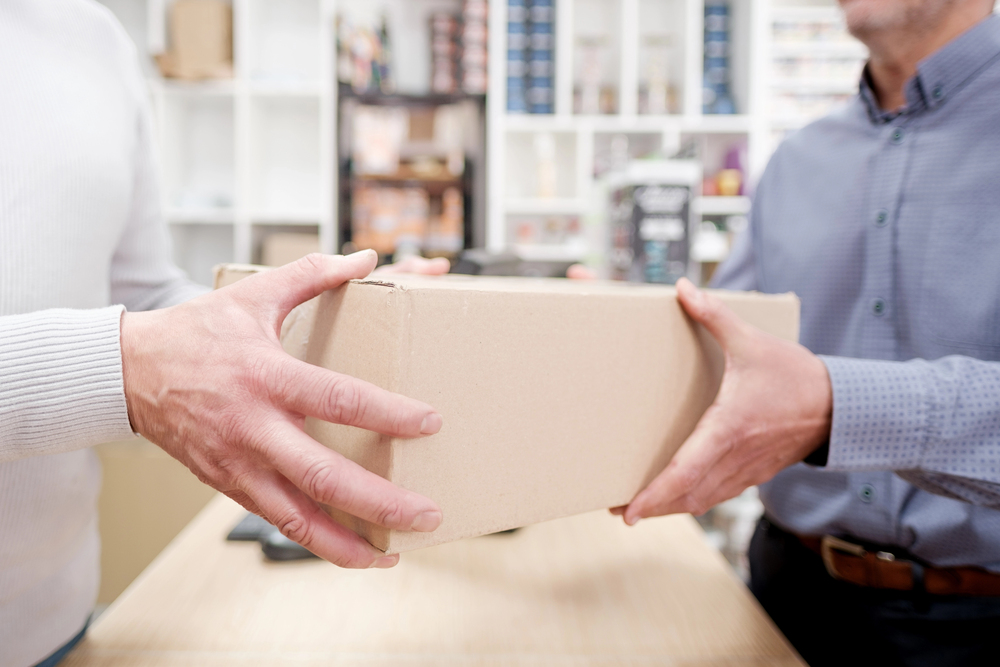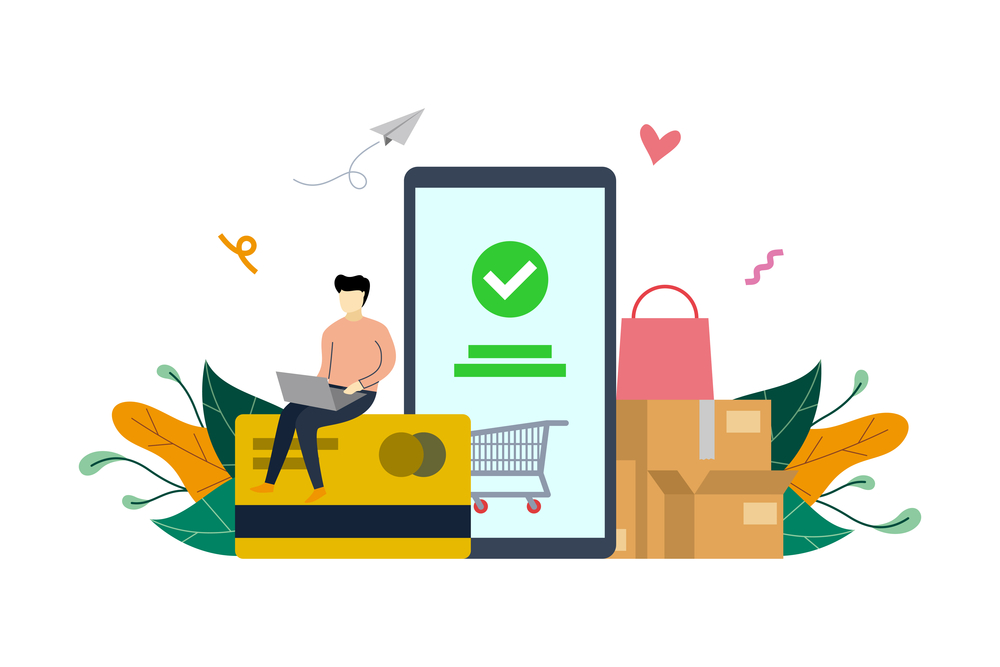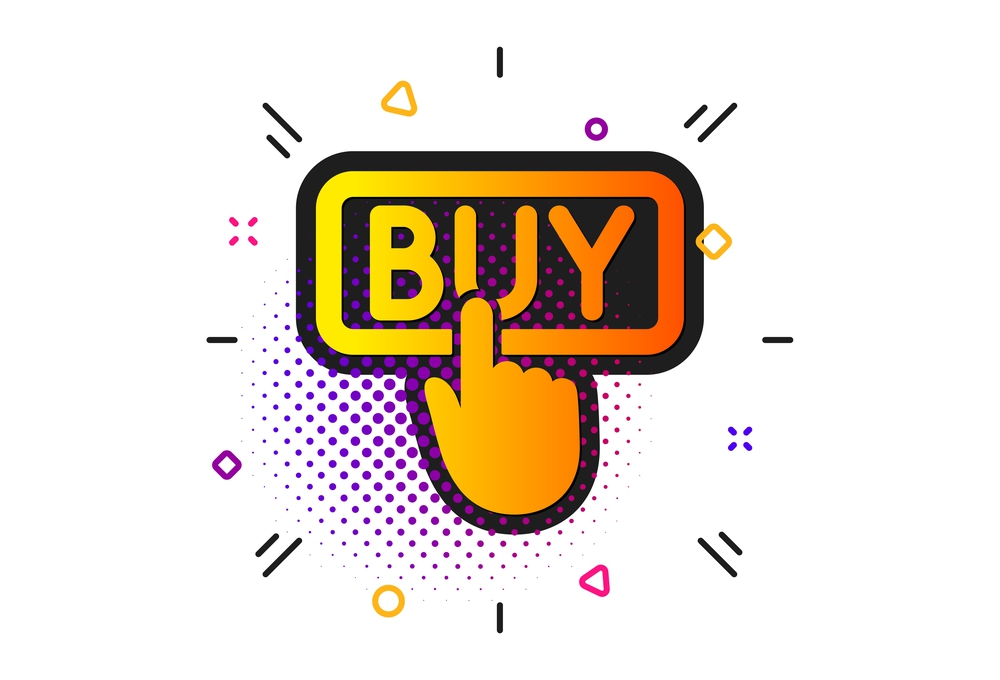
Why Your Checkout Page SUCKS (and How to Fix It)
Aug 28, 2023 3 minutes
Did you know that the global average cart abandonment rate hovers around 70%? Yes, that means nearly 3 out of 4 shoppers leave your store without completing their purchase. And more often than not, the culprit is a poorly designed or overly complicated checkout process.
A smooth checkout flow is the grand finale of the ecommerce experience, the final curtain call if you will. It can be the difference between a customer singing praises about your site on social media or abandoning their cart in frustration.
So, if you’ve ever found yourself wondering why your conversions aren’t as high as they should be, chances are your checkout page might be to blame.
Common Mistakes Online Merchants Make
Navigating the landscape of ecommerce can be akin to steering a ship through stormy seas. And while many merchants set sail with the best intentions, some inadvertently drop anchor at the checkout page, causing their potential customers to jump ship. Let’s uncover some of these common missteps:
Lack of Guest Checkout
Imagine being at a physical store and being forced to fill out a membership form before making a purchase. Frustrating, right? Online shoppers feel the same way when they’re forced into account creation. While having returning customers is great for business, it shouldn’t come at the cost of alienating first-time buyers. Offering a guest checkout option can significantly reduce cart abandonment rates.
Limited Payment Options
In the diverse world of ecommerce, one size does not fit all – especially when it comes to payment. While some prefer the convenience of PayPal or Apple Pay, others might opt for credit card payments or Amazon Pay. A limited set of payment methods can deter a significant chunk of potential customers. Cater to a broader audience by integrating multiple payment options.
Inflexible Shipping Options
Whether it’s free shipping, next-day delivery, or pick-up in-store, different customers have different shipping preferences. By offering only a single shipping method, you risk alienating customers who might be looking for alternatives.
Overcomplicated Form Fields
Online shoppers want a quick and hassle-free checkout experience. Bombarding them with unnecessary questions or lengthy forms is a surefire way to send them running. Streamline your form fields, making them clear and as concise as possible, allow autofill, and consider real-time validation to guide users.
Lack of Clarity & Functionality
A confusing layout, missing progress indicators, or unclear CTAs can make the checkout process feel like a maze. Ensure that each step is clearly laid out, and functionalities like “add to cart” or “proceed to payment” are intuitive.
Strategies to Optimize Your Checkout Flow
Mastering the checkout process is an art, and like any masterpiece, it requires attention to detail, understanding your audience, and constantly adapting to the evolving landscape. Fortunately, with a few tried and tested strategies, merchants can turn their checkout page into a conversion magnet.
Simplify and Streamline
Complexity is the enemy of conversions. Reduce the number of form fields and steps required to complete a purchase. Focus on essentials: billing address, shipping address, and payment information. If possible, offer an option to use the billing address as the shipping address to save time.
Offer Multiple Payment Methods
From credit cards to digital wallets like Apple Pay and PayPal, provide a variety of payment options catering to your audience’s preferences. Remember, convenience is key!
Be Transparent with Costs
Avoid last-minute surprises. Clearly display all costs, including taxes, shipping costs, and any other fees upfront. If possible, offer a real-time shipping cost calculator based on the customer’s location.
Provide Trust Signals
Online shoppers want to know their information is safe. Display security badges, SSL certificate logos, and offer quick links to your privacy policy and return policies.
Upsell, but Don’t Overwhelm
While it’s a good strategy to suggest complementary products or services, ensure this doesn’t clutter or complicate the checkout process. Keep upselling relevant and unobtrusive.
Offer Guest Checkout
While collecting customer data is valuable, it’s essential to respect their time and preferences. By offering a guest checkout option, you cater to those looking for a quick, no-strings-attached purchase.
Mobile Optimization
Ensure your checkout flow is as seamless on mobile devices as it is on desktop. This includes responsive design, mobile-friendly form fields, and quick payment solutions tailored for mobile users.
Real-time Validation
Help your customers succeed! If there’s an error in the form they’re filling out, let them know immediately, not after they’ve hit the “submit” button. This reduces friction and avoids potential frustration.
Test and Iterate
Lastly, always be open to change. Regularly test different elements of your checkout process, gather feedback, and be ready to iterate. Whether it’s A/B testing your CTAs or adjusting your form’s layout, data-driven decisions can significantly enhance your checkout flow.
Why Ready-Made Checkouts Fall Short and the Merits of Custom Solutions
Stripe is one of the leading payment gateways in the world. In fact, we’re willing to bet you’re using Stripe right now. But Stripe’s checkout sucks, which means your checkout sucks. Why?
The #1 reason is because Stripe’s checkout is designed to fit any ecommerce store in the world. Not your store.
They claim this as a benefit; customers can recognize the checkout and therefore will trust it. But there’s absolutely nothing that sets it apart from the rest AND it doesn’t have the features that your online store needs to bump up your conversion rate.
The Downside of Ready-Made Checkouts
- Limited Flexibility: Ready-made checkout solutions are built for the masses. This means they come with a predefined set of features and structures that might not necessarily align with your brand’s unique requirements.
- Generic User Experience: In the world of branding, differentiation is everything. A generic, off-the-shelf checkout can make your ecommerce site feel less unique, potentially diluting your brand identity.
- Integration Hurdles: Ecommerce platforms often have various tools, from CRM systems to inventory management solutions. Ready-made checkouts might not seamlessly integrate with all these tools, leading to operational challenges.
- Potential Scalability Issues: As your business grows and evolves, so do your needs. A pre-built solution might not be equipped to handle this growth, limiting your store’s potential.
The Power of Custom Checkouts
- Tailored to Your Needs: A custom checkout is crafted specifically for your business. Whether it’s unique payment methods, special form fields, or a particular series of steps, everything is designed to cater to your brand’s specifics.
- Enhanced Customer Experience: With a custom solution, you can craft a checkout experience that resonates with your audience, from branded visuals to a checkout flow that mirrors your customers’ buying behavior.
- Seamless Integrations: Custom checkouts are designed with your existing ecosystem in mind. This ensures that they work harmoniously with your other tools and systems, providing a unified operational experience.
- Future-Proofing: As your ecommerce business evolves, a custom checkout can adapt and grow with you. This scalability ensures you’re always equipped to offer the best checkout experience, regardless of how your business changes.
- Optimized Performance: Custom solutions can be finely tuned for performance, ensuring faster load times, smoother transitions, and overall a more efficient checkout process.
Extra Tips for a Stellar Checkout Page
While we’ve covered the pitfalls of ready-made solutions and the paramount importance of a custom-tailored checkout flow, there are a few more golden nuggets worth considering. Here are some extra tidbits to take your checkout page from good to stellar:
- Transparent Return Policy – Boost customer confidence by clearly displaying your return and refund policies. Knowing they can change their mind later often pushes hesitant buyers over the edge.
- Saving Cart Contents – Ever been interrupted while shopping online? Ensure your customers can pick up where they left off by automatically saving their cart contents for a future visit.
- Clear CTAs – Your calls to action, such as “Proceed to Payment” or “Complete Purchase,” should be easily distinguishable and intuitive. Consider using bold, contrasting colors.
- Use High-Quality Graphics – From security badges to product images, use clear, high-quality graphics that render well on all devices, from desktops to mobile phones.
- Offer Real-time Chat Support – Sometimes, potential customers have last-minute questions or face hitches during the checkout process. Offering real-time chat support can help address these issues in the moment, preventing potential abandoned carts.
- Keep Distractions to a Minimum – While you might be tempted to showcase other products or services, the checkout page isn’t the place for that. Keep the focus solely on completing the purchase to avoid overwhelming or distracting your customers.
- Leverage Social Proof – Including customer testimonials, reviews, or even a counter of how many people have purchased the product can instill a sense of trust and urgency.
- Optimize Loading Speed – In the fast-paced world of online shopping, every second counts. Ensure your checkout pages load swiftly. Slow pages can frustrate customers and lead to lost sales.
- Regularly Update and Test – The digital world evolves quickly. Regularly update your checkout process to align with the latest best practices and technologies. And always test new changes to ensure they positively impact the user experience.
- Encourage Account Creation Post-Purchase – Rather than forcing account creation at the start, consider prompting users to create an account after they’ve made a purchase. Highlight benefits like quicker future checkouts, order tracking, and special offers.
Your checkout page is the grand finale of the online shopping experience. With these extra tips in hand, merchants can ensure this crucial stage is not just functional but also impressively optimized, further boosting conversions and ensuring customer satisfaction.
It’s Time to Elevate Your Checkout Experience
Your checkout page isn’t just the final step in the sales process; it’s the climax of your customer’s journey. Every detail, from form fields to payment options, plays a role in crafting an experience that either closes the sale or loses a potential customer.
Why settle for generic when your brand is anything but? Ready-made solutions might seem like a tempting shortcut, but as we’ve outlined, they often come up short in the face of unique brand needs and evolving customer expectations.
DirectPayNet understands the intricacies of the ecommerce world and offers not just a shopping cart but a tailored checkout experience. We go beyond just processing payments. With a customizable shopping cart and a dedicated merchant account, DirectPayNet is committed to ensuring your checkout process is seamless, efficient, and perfectly aligned with your brand’s identity.
So, if you’re serious about boosting conversions, reducing cart abandonment, and offering an unmatched shopping experience, it’s time to make a change. Elevate your checkout page from ordinary to extraordinary.





2 thoughts on “Why Your Checkout Page SUCKS (and How to Fix It)”